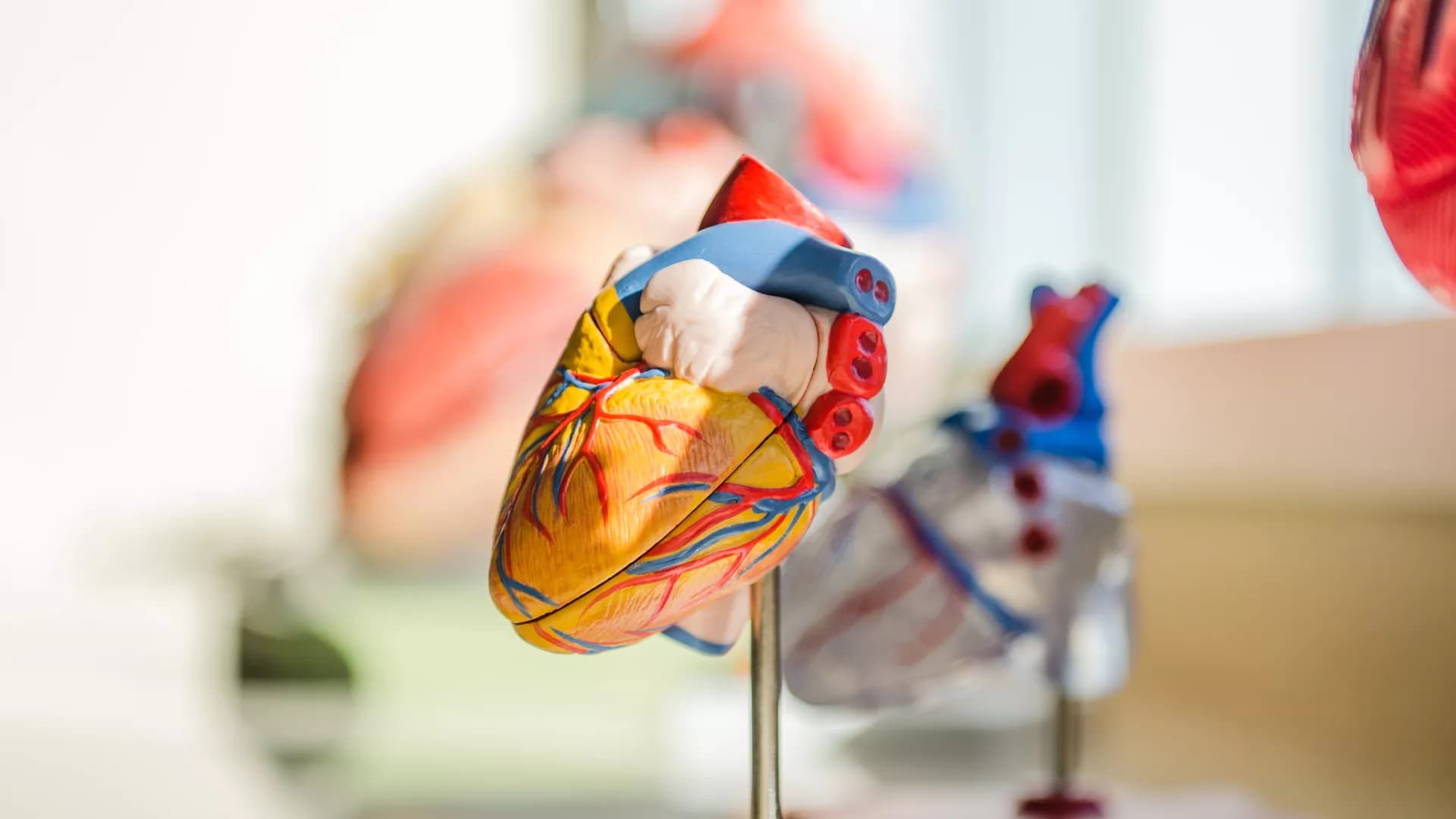Mitochondria are found in all nucleated human cells and perform various essential functions, including the generation of cellular energy. Mitochondria are under dual genome control. Only a small fraction of their proteins are encoded by mitochondrial DNA (mtDNA), whereas more than 99% of them are encoded by nuclear DNA (nDNA). Mutations in mtDNA or mitochondria-related nDNA genes result in mitochondrial dysfunction leading to insufficient energy production required to meet the needs for various organs, particularly those with high energy requirements, including the central nervous system, skeletal and cardiac muscles, kidneys, liver, and endocrine system. Because cardiac muscles are one of the high energy demanding tissues, cardiac involvement occurs in mitochondrial diseases with cardiomyopathies being one of the most frequent cardiac manifestations found in these disorders. Cardiomyopathy is estimated to occur in 20–40% of children with mitochondrial diseases. Mitochondrial cardiomyopathies can vary in severity from asymptomatic status to severe manifestations including heart failure, arrhythmias, and sudden cardiac death. Hypertrophic cardiomyopathy is the most common type; however, mitochondrial cardiomyopathies might also present as dilated, restrictive, left ventricular non-compaction, and histiocytoid cardiomyopathies. Cardiomyopathies are frequent manifestations of mitochondrial diseases associated with defects in electron transport chain complexes subunits and their assembly factors, mitochondrial transfer RNAs, ribosomal RNAs, ribosomal proteins, translation factors, mtDNA maintenance, and coenzyme Q10 synthesis. Other mitochondrial diseases with cardiomyopathies include Barth syndrome, Sengers syndrome, TMEM70-related mitochondrial complex V deficiency, and Friedreich ataxia.
Titin (TTN) is known as the largest sarcomeric protein that resides within the heart muscle. Due to alternative splicing of TTN, the heart expresses two major isoforms (N2B and N2BA) that incorporate four distinct regions termed the Z-line, I-band, A-band, and M-line. Next-generation sequencing allows a large number of genes to be sequenced simultaneously and provides the opportunity to easily analyze giant genes such as TTN. Mutations in the TTN gene can cause cardiomyopathies, in particular dilated cardiomyopathy (DCM). DCM is the most common form of cardiomyopathy, and it is characterized by systolic dysfunction and dilation of the left ventricle. TTN truncating variants have been described as the most common cause of DCM, while the real impact of TTN missense variants in the pathogenesis of DCM is still unclear. In a recent population screening study, rare missense variants potentially pathogenic based on bioinformatic filtering represented only 12.6% of the several hundred rare TTN missense variants found, suggesting that missense variants are very common in TTN and are frequently benign. The aim of this review is to understand the clinical role of TTN mutations in DCM and in other cardiomyopathies. Whereas TTN truncations are common in DCM, there is evidence that TTN truncations are rare in the hypertrophic cardiomyopathy (HCM) phenotype. Furthermore, TTN mutations can also cause arrhythmogenic right ventricular cardiomyopathy (ARVC) with distinct clinical features and outcomes. Finally, the identification of a rare TTN missense variant cosegregating with the restrictive cardiomyopathy (RCM) phenotype suggests that TTN is a novel disease-causing gene in this disease. Clinical diagnostic testing is currently able to analyze over 100 cardiomyopathy genes, including TTN; however, the size and presence of extensive genetic variation in TTN presents clinical challenges in determining significant disease-causing mutations. This review discusses the current knowledge of TTN genetic variations in cardiomyopathies and the impact of the diagnosis of TTN pathogenic mutations in the clinical setting.
Frontiers in Cardiovascular Medicine
Metabolomics in Cardiovascular Diseases: Diagnosis, Prognosis, Therapy Targets and Mechanisms






